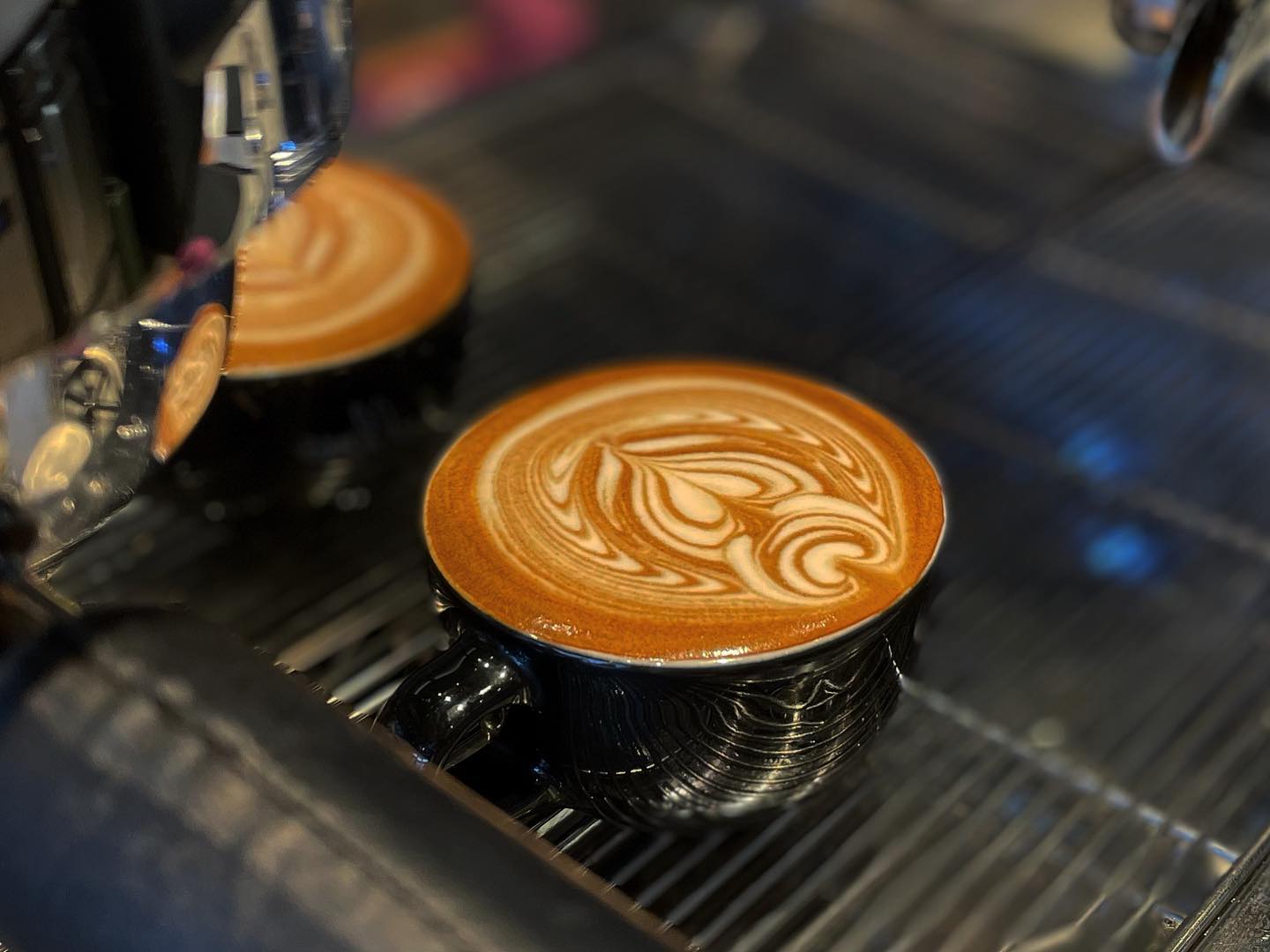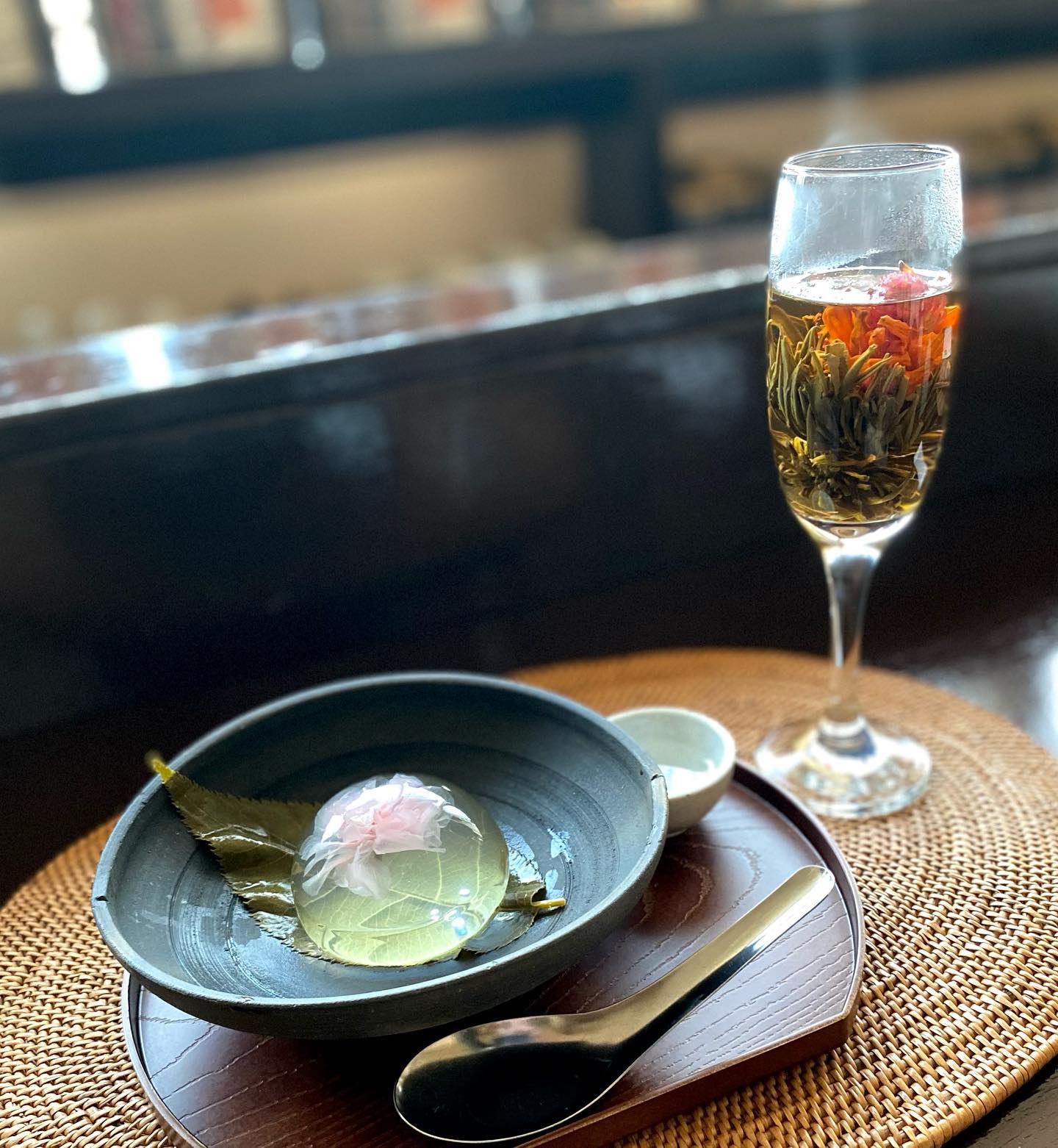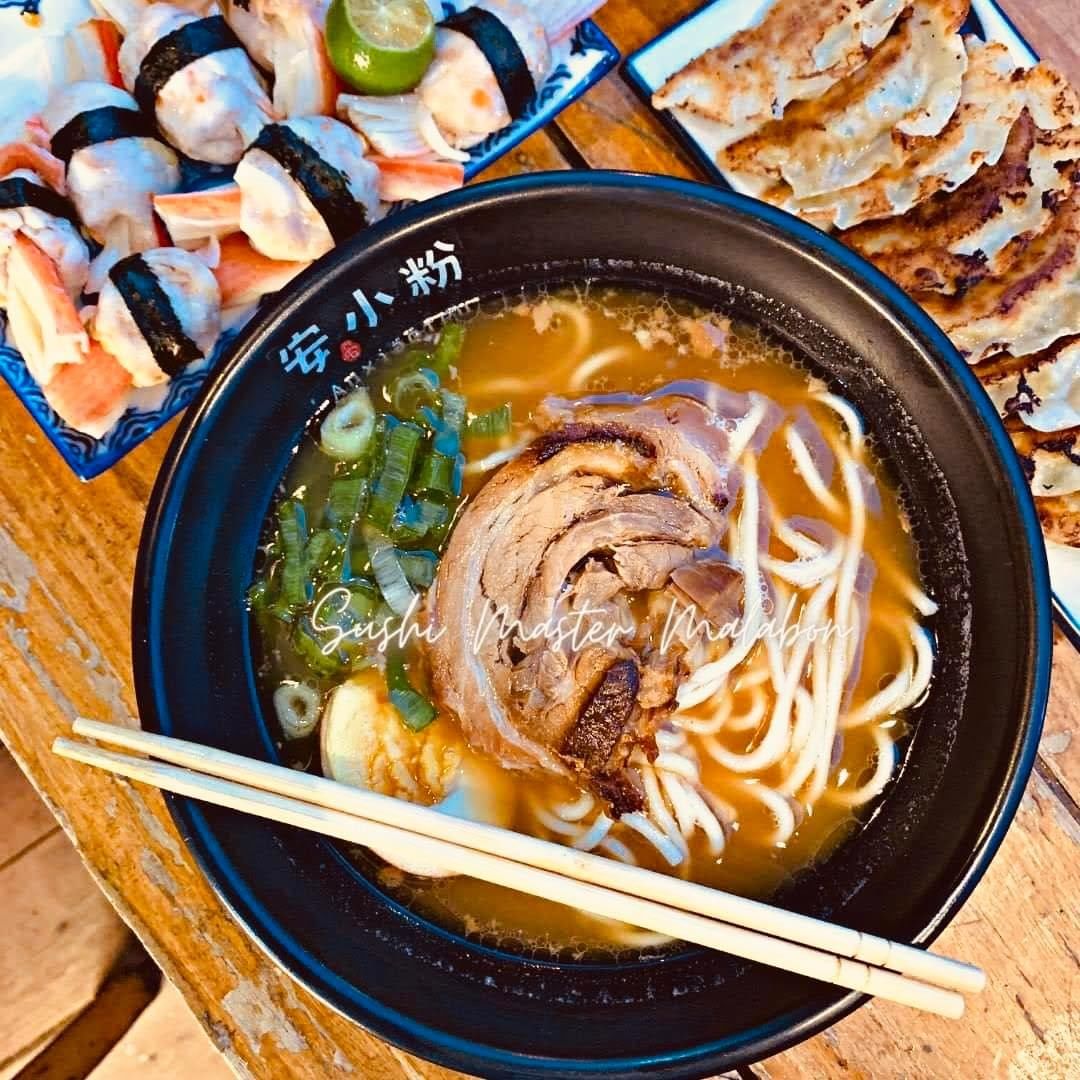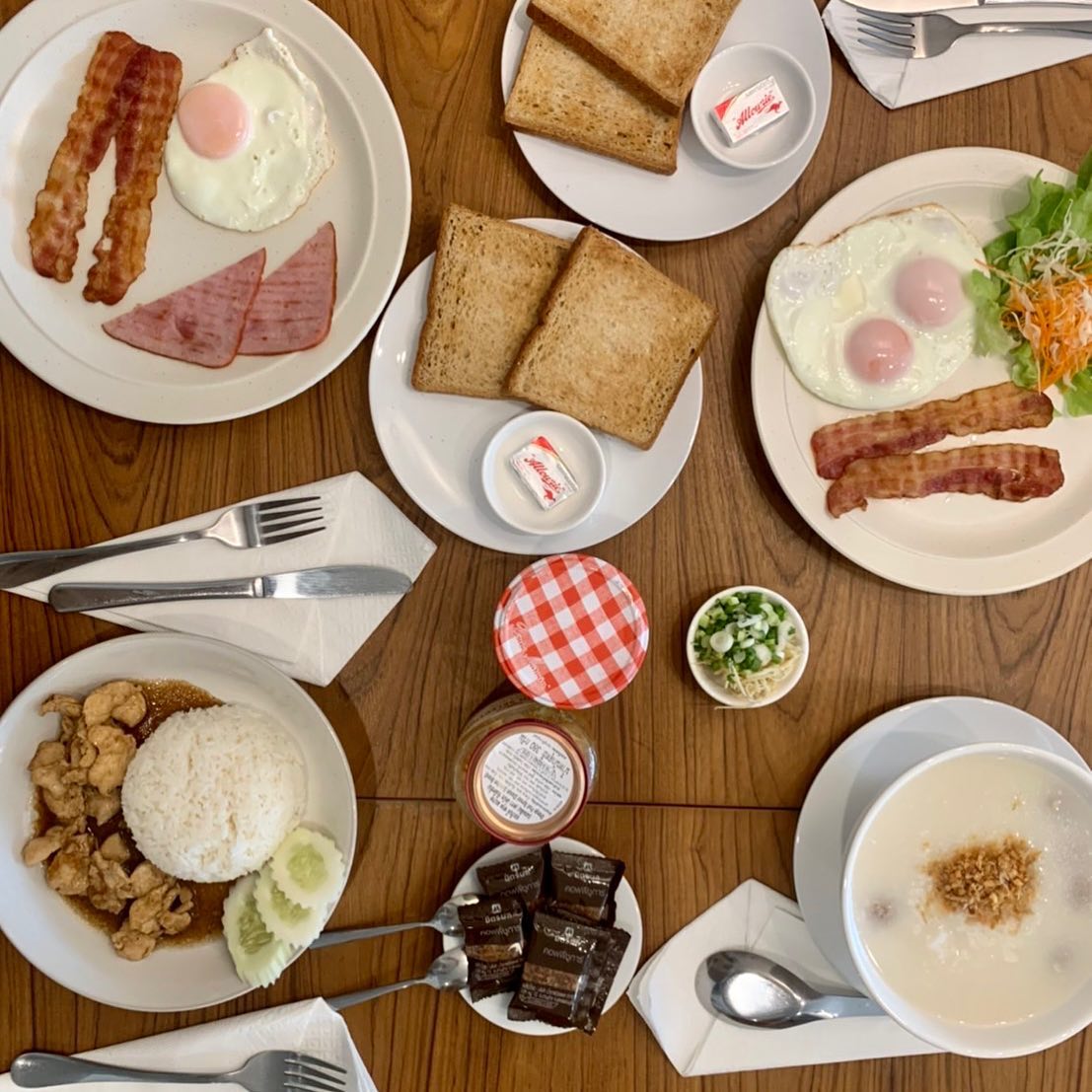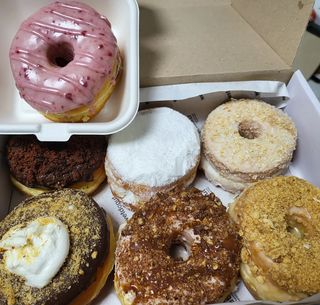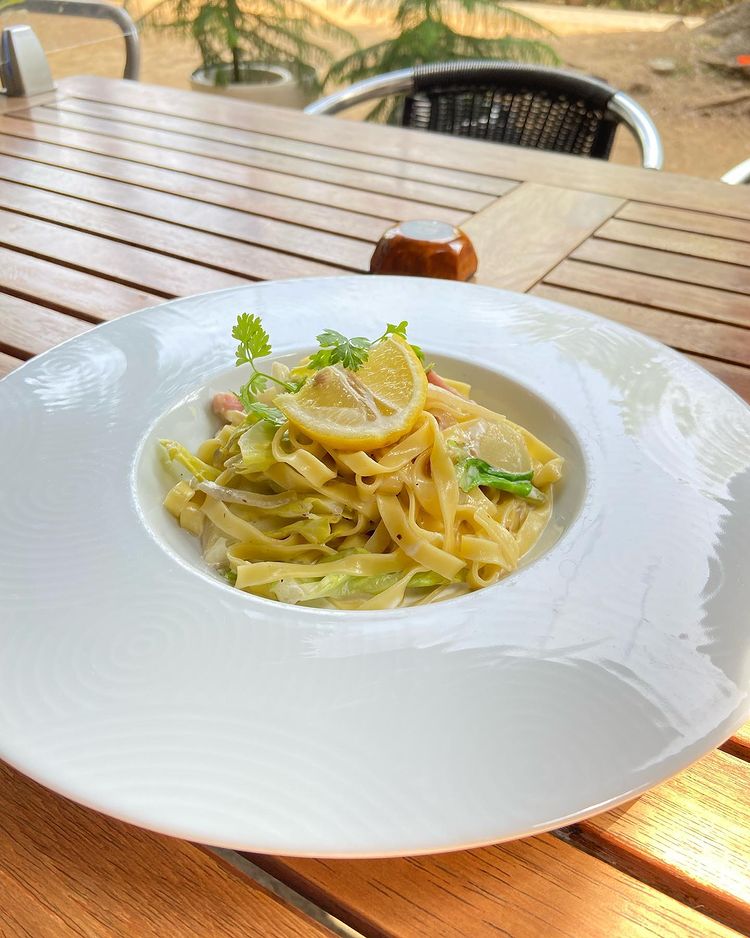For many people, a coffee shop isn’t just a place to grab a quick cup of coffee—it’s a destination. It’s a space where you can work, relax, meet friends, or simply enjoy some quiet time alone. But what makes a coffee shop inviting, relaxing, and memorable? Surprisingly, it’s not just the coffee. The interior design plays a huge role in shaping the overall experience.
In this article, we’ll explore how interior design impacts your time in a coffee shop. From lighting and furniture to layout and color choices, every element contributes to the ambiance and your connection to the space. Let’s dive into the world of coffee vibes and see how design elevates your experience.
The Role of Lighting: Setting the Mood
Lighting is one of the most crucial elements in any coffee shop design. It’s not just about being able to see—it’s about creating the right mood and atmosphere. Whether you’re looking to focus on work, have a conversation, or simply unwind, the lighting in a coffee shop can make a significant difference.
Types of Lighting and Their Impact:
- Natural Light: Coffee shops with plenty of windows that allow natural light to pour in have a warm, inviting feel. Natural light boosts mood and productivity, making it an ideal choice for people who want to focus or enjoy their coffee during the day.
- Soft, Ambient Lighting: Dim, ambient lighting is often used to create a cozy, intimate environment. This works well for coffee shops that encourage people to relax, read a book, or chat with friends.
- Task Lighting: In areas where people work, such as long communal tables or desks, brighter task lighting is essential. This type of lighting ensures people can read, write, or use their laptops without straining their eyes.
When done right, lighting can make a coffee shop feel comfortable, inspiring, or energetic, depending on the atmosphere the owners want to create.
Checkout: The Rise of Third-Wave Coffee
The Power of Furniture: Comfort Meets Functionality
Have you ever walked into a coffee shop and instantly felt at ease because of the furniture? The choice of seating isn’t just about comfort—it’s about encouraging certain behaviors, whether it’s a quick coffee stop or a long, productive session.
The Different Seating Arrangements:
- Cozy Nooks and Booths: Many coffee shops create cozy spots with booths or cushioned chairs, offering a sense of privacy and comfort. These spaces are great for individuals or couples who want to enjoy their coffee while having a quiet conversation or reading a book.
- Communal Tables: Long, shared tables are often designed to encourage social interaction. These are perfect for groups or individuals who want to strike up a conversation. They also foster a sense of community, making customers feel connected to the space.
- Bar Stools or Counter Seating: Some coffee shops offer high bar stools by the counter, ideal for solo customers who just want to grab a quick coffee. These spots are designed for short, casual visits, allowing people to enjoy their coffee in a more utilitarian setting.
Each type of seating arrangement encourages different types of interactions. The right furniture not only provides comfort but also sets the tone for how customers engage with the space.
Checkout: Top 5 Coffee Shops in Rhyl
Color Scheme: Influencing Mood and Energy
The colors in a coffee shop aren’t just a decorative choice—they can actually influence your mood and energy levels. Interior designers often choose colors with the intention of affecting the emotions of the customers.
How Different Colors Affect Us:
- Warm Tones (Red, Yellow, Orange): These colors can create a welcoming, energetic vibe. Red is known to increase energy and stimulate appetite, while yellow can create a feeling of warmth and happiness. These colors are often used in more vibrant, casual coffee shops.
- Cool Tones (Blue, Green, Gray): Cool tones are calming and soothing. Blue, for example, is known to lower stress levels and promote focus, making it an ideal choice for coffee shops that want to foster productivity or relaxation. Green is often associated with tranquility, nature, and creativity, making it a great color for a more laid-back vibe.
- Neutral Tones (Beige, White, Brown): Neutral colors create a timeless and elegant atmosphere. Brown tones often evoke warmth and comfort, making them ideal for coffee shops that want to create a cozy and inviting environment.
The strategic use of color can transform the energy of a coffee shop, making it either lively or serene, depending on the desired atmosphere.
Read More: The Ultimate Guide to Coffee Shop Loyalty Programs
Music and Sound Design: Setting the Tone
The sound environment in a coffee shop is just as important as the physical design. Music, background noise, and acoustics play a huge role in creating the overall vibe. Whether it’s the sound of baristas working, the hum of conversation, or carefully curated playlists, the right sounds can enhance or detract from the experience.
How Sound Affects the Experience:
- Background Music: Coffee shops often curate playlists to suit the atmosphere. A soft jazz or acoustic playlist can create a calming, relaxing environment, while upbeat indie or electronic tunes might energize customers. The key is to select music that complements the overall mood of the space.
- Noise Levels: Coffee shops that are too noisy can feel overwhelming, while those that are too quiet might feel sterile. The right balance of background chatter and music creates a lively, welcoming ambiance without being distracting.
- Acoustic Design: The acoustics of a coffee shop—how sound bounces off walls and furniture—are crucial. High ceilings and hard surfaces tend to amplify noise, which can make a space feel chaotic. Using softer materials like rugs, curtains, and upholstered furniture can absorb sound and create a more comfortable setting.
Music and sound can shape the mood and influence how people feel, whether they want to focus on work or unwind after a busy day.
More About: How to Brew Coffee Like a Barista at Home
Layout and Flow: Encouraging Interaction or Solitude
The layout of a coffee shop directly influences how customers move through the space and interact with one another. A well-designed layout can encourage social interaction, while a more private setup might promote solitude and concentration.
Design Strategies for Layout:
- Open Layouts: Some coffee shops have an open layout with minimal barriers between seating areas. This design encourages interaction and creates a lively, bustling atmosphere where people can socialize freely.
- Zoning: In other coffee shops, designers might create distinct areas for different purposes. For instance, a quiet area for people who want to read or work and a social area with communal tables for people to gather. Zoning helps customers find the right spot for their mood or needs.
- Flow and Accessibility: A coffee shop should also be easy to navigate. The flow of the space, including the positioning of the counter, the seating arrangements, and even the placement of artwork, should allow customers to move seamlessly and feel comfortable in the environment.
When the layout is well thought out, it promotes a positive, comfortable experience for all kinds of coffee shop visitors.
Checkout: How to Order Coffee Like a Pro
Conclusion
The interior design of a coffee shop is far from just an aesthetic choice—it’s a powerful tool that shapes the customer experience. From the lighting and furniture to the color scheme and layout, every element of the design contributes to the atmosphere and energy of the space. Whether it’s fostering productivity, relaxation, or social interaction, the coffee shop vibe is an intricate blend of design elements that work together to create a memorable experience.
So, the next time you walk into your favorite coffee shop, take a moment to appreciate the design that makes it feel just right. You might find that the ambiance—crafted by thoughtful design—enhances your coffee experience in ways you never realized before.
Frequently Ask Questions (FAQ’s)
Lighting sets the mood. Natural light boosts energy and focus, while dim, ambient lighting creates a cozy and relaxing atmosphere.
A mix of comfortable seating options works best, from cozy booths to communal tables, bar stools, and small chairs for different customer needs.
Warm tones energize, cool tones calm, and neutral tones provide a timeless, cozy vibe. The right color palette influences customer comfort.
Music sets the atmosphere, whether it’s relaxing or energizing. The right playlist can enhance the overall experience and make the space feel welcoming.
A well-designed layout encourages the right flow and interactions, whether it’s for socializing or focusing on work, making the space feel comfortable and functional.
